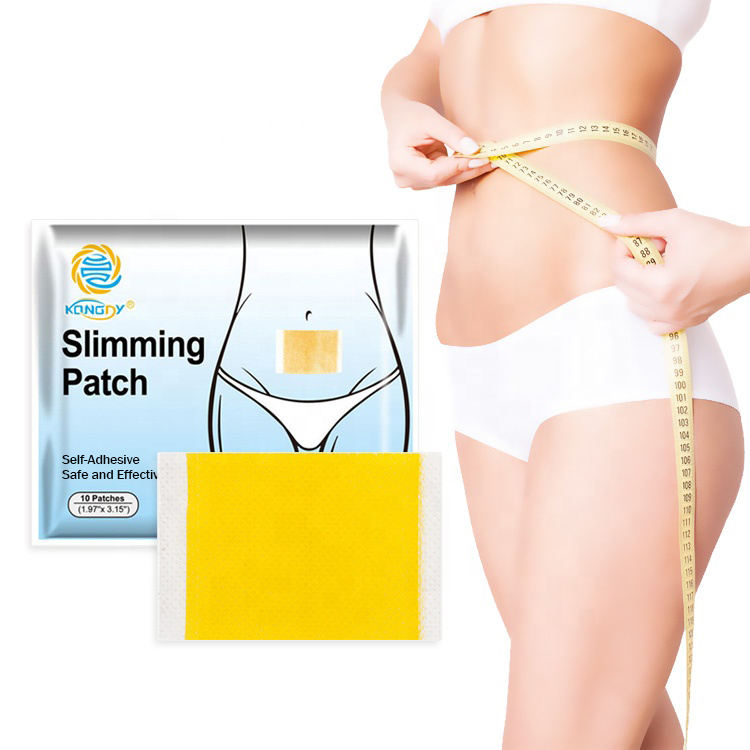Author:Kangdi 18-10-2024
The growing popularity of belly slim patches has thrust this niche product into the spotlight, raising important questions about regulation, marketing practices, and consumer safety. As these patches occupy a gray area between cosmetics and dietary supplements, manufacturers and regulators alike are grappling with how to classify and oversee these products effectively.
In many countries, the regulatory framework for belly slim patches remains unclear. While some authorities consider them cosmetics due to their topical application, others argue they should be regulated as dietary supplements given their intended effects on metabolism and weight loss. This ambiguity has led to varying levels of scrutiny across different markets, with some regions imposing strict controls on claims and ingredient safety, while others adopt a more hands-off approach.
The marketing of belly slim patches presents another challenge. Manufacturers often make bold claims about the patches' ability to melt away abdominal fat or provide dramatic weight loss results. These assertions have drawn criticism from health professionals and consumer advocacy groups, who argue that such promises may be misleading or scientifically unfounded. As a result, some regulatory bodies have begun to crack down on exaggerated marketing claims, requiring manufacturers to provide substantial evidence to support their product statements.
Consumer education plays a crucial role in the belly slim patch market. With the abundance of information and misinformation available online, potential users often struggle to discern fact from fiction. Responsible manufacturers are taking steps to provide transparent information about their products, including detailed ingredient lists, suggested usage, and realistic expectations for results. Some are also partnering with healthcare professionals to offer guidance on incorporating patches into a broader weight management plan.
Quality control and product safety remain paramount concerns in the industry. Reports of skin irritation, allergic reactions, and inconsistent patch quality have prompted calls for more stringent manufacturing standards. Leading companies are responding by implementing rigorous testing protocols, sourcing high-quality ingredients, and obtaining third-party certifications to assure consumers of their products' safety and efficacy.
As the belly slim patch market continues to evolve, it's likely that we'll see increased regulatory oversight and a push towards standardization in product claims and manufacturing practices. This evolution may lead to a more mature and responsible industry, where consumers can make informed decisions based on reliable information and well-regulated products. Ultimately, the future success of belly slim patches will depend on striking a balance between innovation, efficacy, and consumer trust.
 0086 19937104978
0086 19937104978





